Continuing the countdown of my top 40 “Star Wars” books leading up to the 40th anniversary on May 25, here are the books that just missed top-10 status, Nos. 20-11:

20. “Outbound Flight”
By Timothy Zahn (2006)
For years, the evocative Outbound Flight was one of the rare loose threads from the “Thrawn Trilogy.” After the prequels were completed, Zahn told a yarn that was worth the wait as it features his only stab at writing Obi-Wan and Anakin, the backstory of Jedi Jorus C’baoth – who leans just a bit too close to the dark side — and a trip to the fringes of the galaxy. The author also introduces a young Thrawn into the narrative and pulls off the neat trick of setting up the already-written “Survivor’s Quest.”

19. “Tales of the Bounty Hunters”
Edited by Kevin J. Anderson (1996)
Daniel Keys Moran’s “Last One Standing: The Tale of Boba Fett” is my favorite “Star Wars” short story, period, as it poetically ends with rivals Boba Fett and Han Solo pointing guns at each other and wondering if they should shoot or depart to fight another day. Bad-luck Dengar and vicious Bossk are enriched in their own short stories, while the tales of IG-88 and partners 4-LOM and Zuckuss feature surprising connections to the storyline of the classic trilogy.
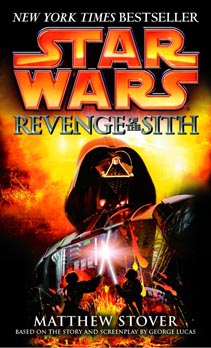
18. “Revenge of the Sith” novelization
By Matthew Stover (2005)
In the high-water mark among the film novelizations, Stover deftly weaves the Expanded Universe novels and comics into the book, but what’s even more impressive is how he approaches the film’s story as if it was always intended to be a novel. As such, some action scenes that play best on film are entirely absent. The author is more interested in the character-building moments, and he gives the reader a better understanding of how Anakin Skywalker arrives at his fateful choices than the film itself does.
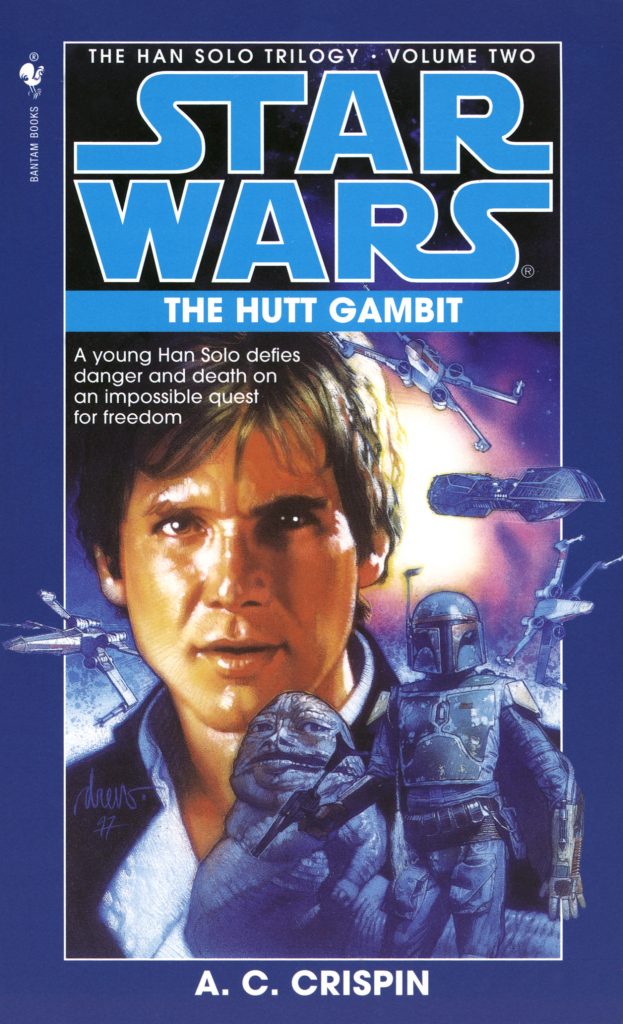
17. “The Hutt Gambit”
By A.C. Crispin (1997)
The second book of the “Han Solo Trilogy” chronicles the most popular “Star Wars” character in his glory days, with Chewbacca, Lando and the Millennium Falcon all present and accounted for. In his first instance of rallying to a cause bigger than himself (albeit one he very much has a stake in), he gathers together his friends – many of whom were introduced in established works such as the “Dark Empire” comics – to defend the Smuggler’s Moon Nar Shaddaa.
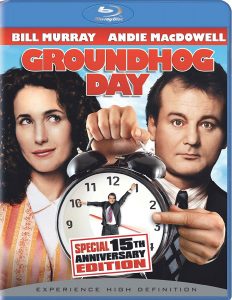
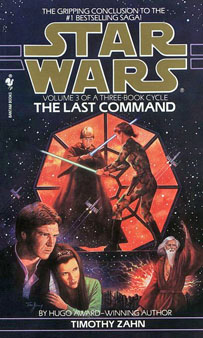
16. “The Last Command”
By Timothy Zahn (1993)
Zahn wraps up the landmark “Thrawn Trilogy” with the intrigue of the search for the information leak in the New Republic government and the traitor among Talon Karrde’s group of smugglers. As Luke Skywalker faces his own clone and a metaphor for what he could’ve become (something “Dark Empire” will make explicit), “Command” is a also turning point for Mara Jade as she begins to realize that the Republic is good and the Empire is evil, and she chooses the side she wants to be on.
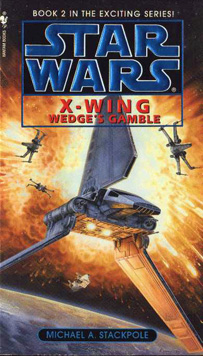
15. “X-Wing: Wedge’s Gamble”
By Michael A. Stackpole (1996)
It’s an odd quirk of the saga that the fall of Imperial Center and the transition of galactic power from the Empire to the New Republic is chronicled in a paperback book loosely based on a video game and starring no major movie characters. But it’s also appropriate that Wedge Antilles – the Everyman among the Rebellion’s heroes – is the one to lead this military victory, and to do so in a way that’s both brilliant and unsung, as the Rogue Squadron pilots stretch their skill set by going undercover on the capital planet.
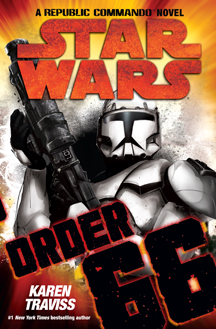
14. “Order 66: A Republic Commando Novel”
By Karen Traviss (2008)
“Star Wars” was originally about normal people reluctantly joining a war; this novel flips the script and explores clones bred for warfare who seek to join society and become normal people. Traviss brings the threads from her first three “Republic Commando” novels to a head and overlaps the action with the events of “Revenge of the Sith” in the definitive portrayal –before the invention of the brainwashing microchip in TV’s “The Clone Wars” — of Order 66 from the clones’ perspective.
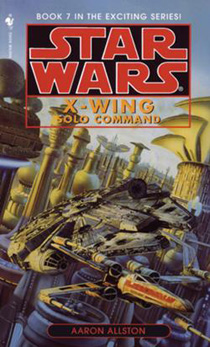
13. “X-Wing: Solo Command”
By Aaron Allston (1999)
Although the title, plus cover art featuring the Millennium Falcon, tries to grab casual fans, this final entry of the Wraith Squadron trilogy is great because of non-movie characters. The arc of Wraith pilot Lara Notsil is heart-wrenching as she is torn between an undercover mission for the Imperials and her increasing respect for the Republic pilots, including her love of one in particular. And yes, it also gives a glimpse of Han Solo during his tenure as a Republic general, hunting down Warlord Zsinj.
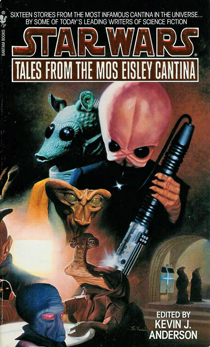
12. “Tales from the Mos Eisley Cantina”
Edited by Kevin J. Anderson (1995)
By the mid-’90s, I had watched “A New Hope” so many times that I had forever lost a grip on the feeling of seeing it for the first time. However, this inaugural entry in the “Tales” trilogy makes the movie fresh again as it delves into the stories behind many of the interesting-looking patrons of Chalmun’s Cantina, whose backstories we imagined when playing with our Kenner action figures. Among the highlights is “Greedo’s Tale,” even if it was later made apocryphal by George Lucas’ new backstory for the Rodian, as chronicled in the “Episode I” novelization.
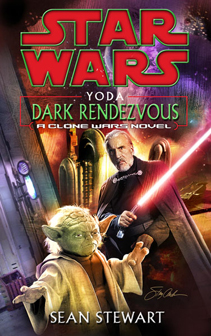
11. “Yoda: Dark Rendezvous”
By Sean Stewart (2004)
The backstory of Yoda is perhaps the biggest area of the lore that has gone untapped in both Legends and Disney continuity — we still don’t know the name of his species! But Lucas did allow one novel with the ancient Jedi Master as the main character, and Stewart – the EU’s biggest one-book wonder — does a wonderful job showing both his gentle side (his teaching of young Whit and Scout) and creepy side (he eats soup with a tail hanging from the edge of the bowl). Yoda’s light-vs.-dark debate with Count Dooku is a nice piece of religious apologetics.

